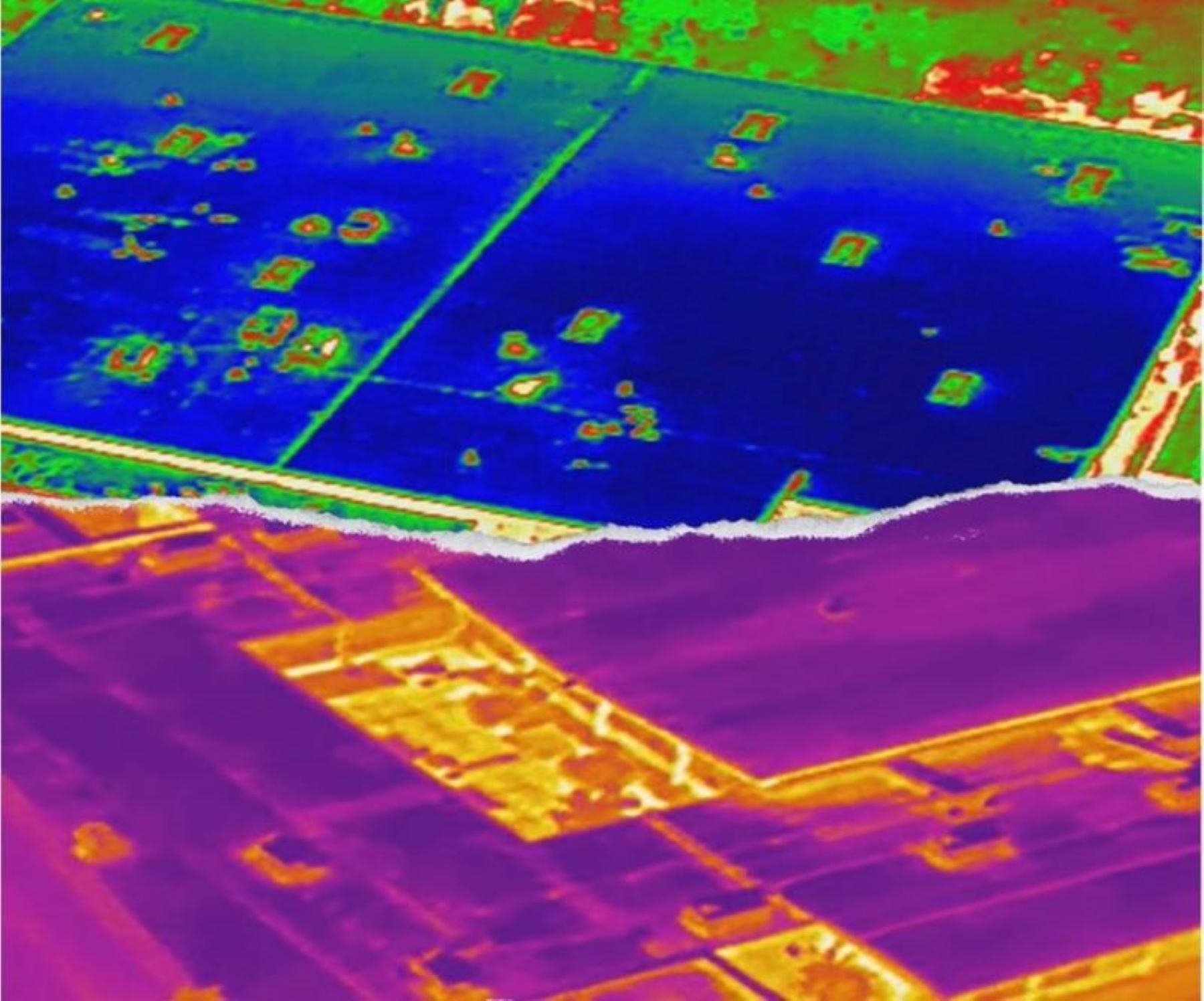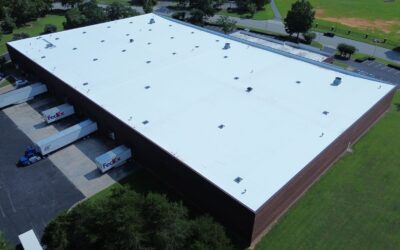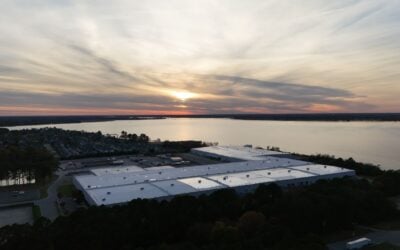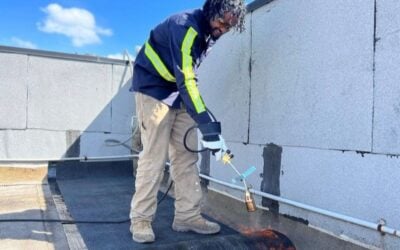Commercial roofing is an important aspect of building design, as it provides protection to the building from external elements such as weather, temperature fluctuations, and UV radiation. The roofing industry has witnessed a lot of changes in recent years, as manufacturers and roofing contractors have been focusing on sustainable materials, energy efficiency, and cost-effective solutions. In this blog, we will discuss the most recent commercial roofing trends that are gaining popularity in the industry.
01. Sustainable roofing materials
Sustainability has become a buzzword in recent years, and the roofing industry is no exception. With increased awareness about the environment and the need to reduce carbon footprint, more and more building owners are opting for sustainable roofing materials. Some popular options include metal roofs made from recycled materials, green roofs that use vegetation to absorb rainwater and reduce energy consumption and single-ply roofing membranes made from recycled plastic.
02. Energy-efficient roofing solutions
Energy-efficient roofing solutions are becoming increasingly popular in commercial roofing. Building owners are looking for ways to reduce their energy consumption and lower their utility bills, and energy-efficient roofing can help achieve that. White reflective roofing membranes, for example, reflect sunlight and reduce the amount of heat absorbed by the building, which can reduce the energy needed to cool the building. Additionally, solar panels can be installed on the roof to generate renewable energy and reduce the building’s dependence on fossil fuels.
03. Roof coatings
Roof coatings are a popular trend in the roofing industry, as they provide an affordable and easy-to-install solution to extend the life of the roof. Roof coatings can be applied to various types of roofing materials, including metal, asphalt, and single-ply membranes. These coatings create a protective barrier against weather and UV radiation, which can prevent damage and extend the life of the roof.
04. Drone scans and thermographic imaging
Drone scans and thermographic imaging have become increasingly popular in the commercial roofing industry in recent years. These advanced technologies offer numerous benefits, including increased safety, efficiency, and accuracy in roof inspections. With the use of drones, inspectors can quickly and safely access hard-to-reach areas of a roof, while thermographic imaging can provide detailed insights into the condition of a roof by detecting areas of heat loss or water infiltration. These tools also allow roofing professionals to identify issues before they become major problems, potentially saving building owners significant time and money on repairs. Overall, the trend towards using drone scans and thermographic imaging in the commercial roofing industry is expected to continue to grow as more companies recognize the benefits they offer.
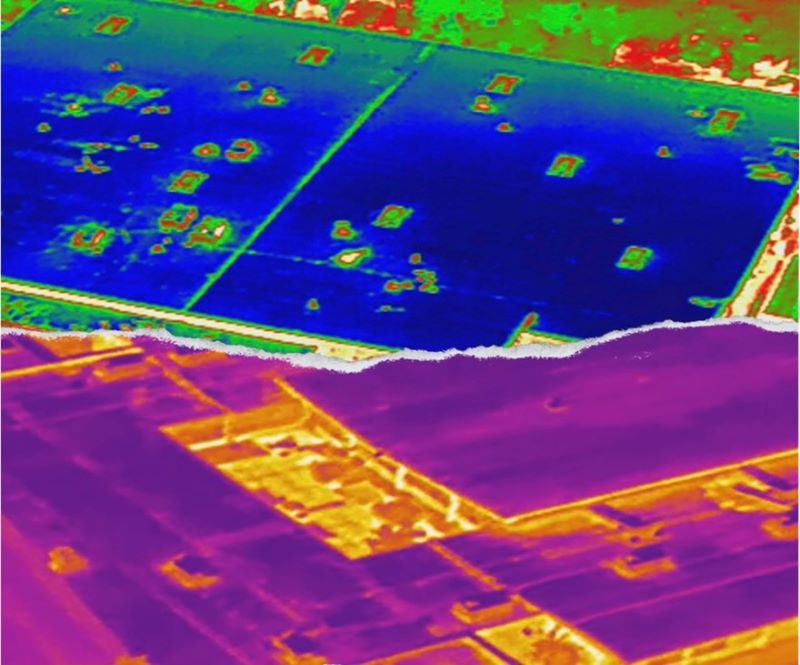
05. TPO and PVC roofing materials
TPO (Thermoplastic Olefin) and PVC (Polyvinyl Chloride) roofing membranes have become popular in the commercial roofing industry for several reasons:
- Energy Efficiency: Both TPO and PVC membranes have a reflective surface that can reflect sunlight, reducing the amount of heat absorbed by the building. This can help to reduce cooling costs, making the building more energy efficient.
- Durability: TPO and PVC roofing membranes are designed to withstand harsh weather conditions, including strong winds, heavy rain, and hail. They are also resistant to punctures and tears, which makes them an ideal choice for commercial roofing applications.
- Low Maintenance: TPO and PVC roofing membranes require minimal maintenance, making them an attractive option for building owners and managers who want to reduce their maintenance costs.
- Installation: Both TPO and PVC membranes are lightweight, making them easy to install. This reduces the time and cost of installation, which is another reason why they have become popular in the commercial roofing industry.
- Longevity: TPO and PVC roofing membranes have a long lifespan, typically lasting up to 20-30 years. This means that building owners and managers can enjoy the benefits of a new roof for many years without having to worry about replacement.
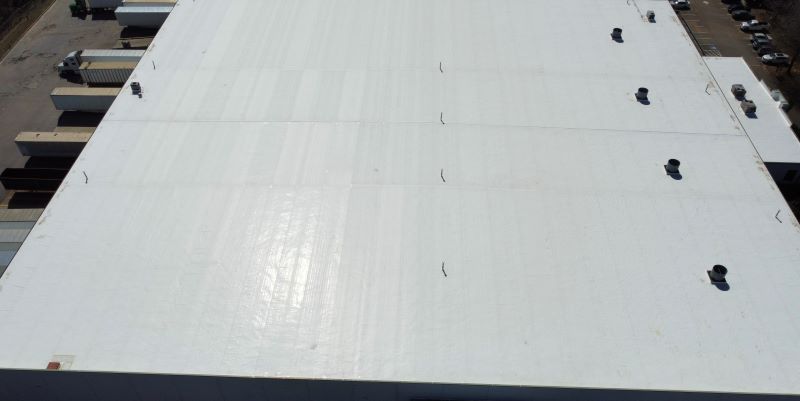
In conclusion, the commercial roofing industry is constantly evolving with new trends and innovations that are aimed at improving the quality, durability, and sustainability of roofing systems. With the rise of green roofing, solar roofing, and cool roofing, businesses are now able to not only save money on energy costs but also contribute to environmental conservation efforts. Moreover, the use of advanced technologies such as drones and thermographic imaging has made the roofing process more efficient and effective. As we move forward, it is expected that the industry will continue to experience rapid growth and development, driven by the need for more resilient, eco-friendly, and cost-effective roofing solutions.

